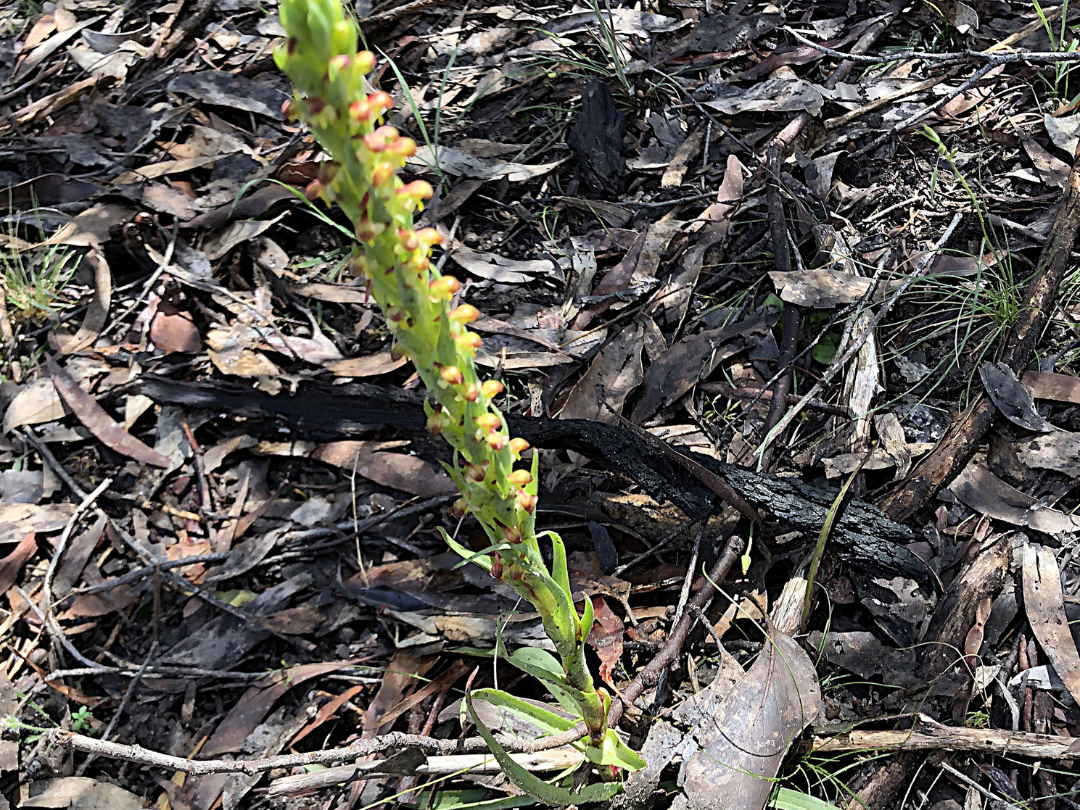South African weed orchid threatening local wildflowers

Spring in Macleod and surrounding suburbs is a time when our bushland and reserves come alive with native wildflowers. Unfortunately, a growing threat is emerging that could outcompete these much-loved plants: the South African Weed Orchid (Disa bracteata).
This invasive orchid, introduced from southern Africa, has spread rapidly through parts of Victoria over the past two decades. In the area around Macleod – including reserves, nature strips, and even private gardens – it is becoming increasingly common. At first glance, its reddish-purple flower spikes may seem attractive, but the impact on our environment is anything but.
Why the South African Weed Orchid is a problem
The South African Weed Orchid thrives in poor soils where many of our indigenous species grow. It germinates readily after disturbance, spreads both by seed and underground tubers, and can quickly form dense colonies. Unlike our delicate native orchids and wildflowers, which rely on specific pollinators and soil fungi, this weed is highly adaptable. It self-pollinates and produces thousands of powder-like seeds that are dispersed by the wind, on animal fur and in water, enabling it to spread rapidly across the landscape.
In doing so, it competes directly with native orchids such as the Waxlip Orchid, as well as local native lilies, daisies, and other seasonal wildflowers. Over time, infestations can smother entire patches of native groundcover, reducing biodiversity and degrading habitat for insects, lizards, and small mammals.
What you can do
The good news is that we all can play a vital role in preventing its spread:
- Learn to identify it – Flower spikes appear in late spring, with reddish to purplish flowers tightly packed along the stem. Leaves are long and strap-like, often with a reddish tinge.
- Seek advice before removing – Because the orchid can regrow from tubers and seed is so easily dispersed if handled incorrectly, it’s important to get guidance from your local council before attempting control. It’s imperative that all tubers are removed.
- Spread the word – Encourage neighbours and community groups to be aware of the threat.
Help stop the spread
If you spot the South African Weed Orchid on public land, please report it to your local council:
- Banyule City Council – 9490 4222
- Darebin City Council – 8470 8888
- Nillumbik Shire Council – 9433 3111
Early detection and correct removal make a huge difference. By recognising and reporting this invasive orchid, you’ll be helping to protect the unique wildflowers and biodiversity of Macleod and its surrounds.
How to spot the South African Weed Orchid
- Leaves: Long, narrow, strap-like leaves often with a reddish tinge at the base.
- Flower spikes: Appear in late spring. Seed usually sets and disperses in late November.
- Flowers: Small, reddish to purplish blooms packed tightly along the stem, sometimes with a yellow throat.
- Height: Usually 20–40 cm tall.
- Lookalike warning: Unlike our delicate native orchids, this one often grows in dense clumps and self-pollinates, so you may see many together.
For photos and more information, watch this video and see South African Weed Orchid the factsheet from Nilumbik Shire Council and this video from Friends of Darebin Creek (featuring Michael Cincotta, Biodiversity Coordinator at the Nangak Tamboree Wildlife Sanctuary at La Trobe University).
If you think you’ve found it, don’t pull it out straight away: contact your local council for advice first.
Words and image by Jen Willis
